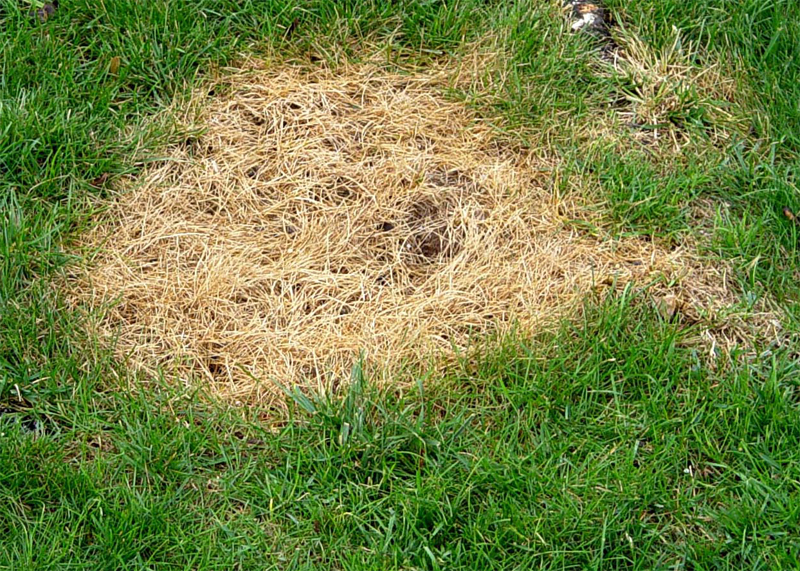
It stands out like a sore thumb and makes any proud gardener pull their hair out, that ugly, inexplicable dead patch in amongst your lush green lawn. There are several reasons that lawn could be dying but one suspicious patch could have an unexpected perpetrator: man’s best friend.
Lawn burn is a common problem for dog owners that is caused by the nitrogen concentration in your pet’s urine. If your dog has its own ‘toilet’ area in the backyard it is likely to be the location of your trouble spot. While nitrogen fertilisers are good for lawn, you wouldn’t dump a whole lot on one place, and the high-nitrogen content of your dog’s waste acts like an excess of fertiliser and kills the grass.
Is it your pet?
Double-check that the damage is where your dog urinates in order to eliminate lawn diseases as a cause, and try pulling out the lawn with your hand. If it is still firmly rooted that is an indication of lawn burn.
Don’t!
Put more fertiliser on your lawn. This only increases the nitrogen concentration that caused the problem in the first place.
Causes
How to fix it
You will likely need to reseed the dead patch but make sure you have taken the aforementioned steps or else your dog’s toilet habits will make it happen again. Looking to replace your lawn and need some help? Check out our list of gardening professionals.
Hi there,
Would you like to receive home decor
ideas and DIY tips to your inbox?
Subscribe to our mailing list!

